- Joined
- Dec 2, 2020
- Messages
- 483
This is an absolutely beautiful update to the educational section! Kudos and cheers!
Thank you @DejaWiz . Kudos and cheers to you and your clever cohorts - and all who weighed in. This was a community project.
Diamond Proportions
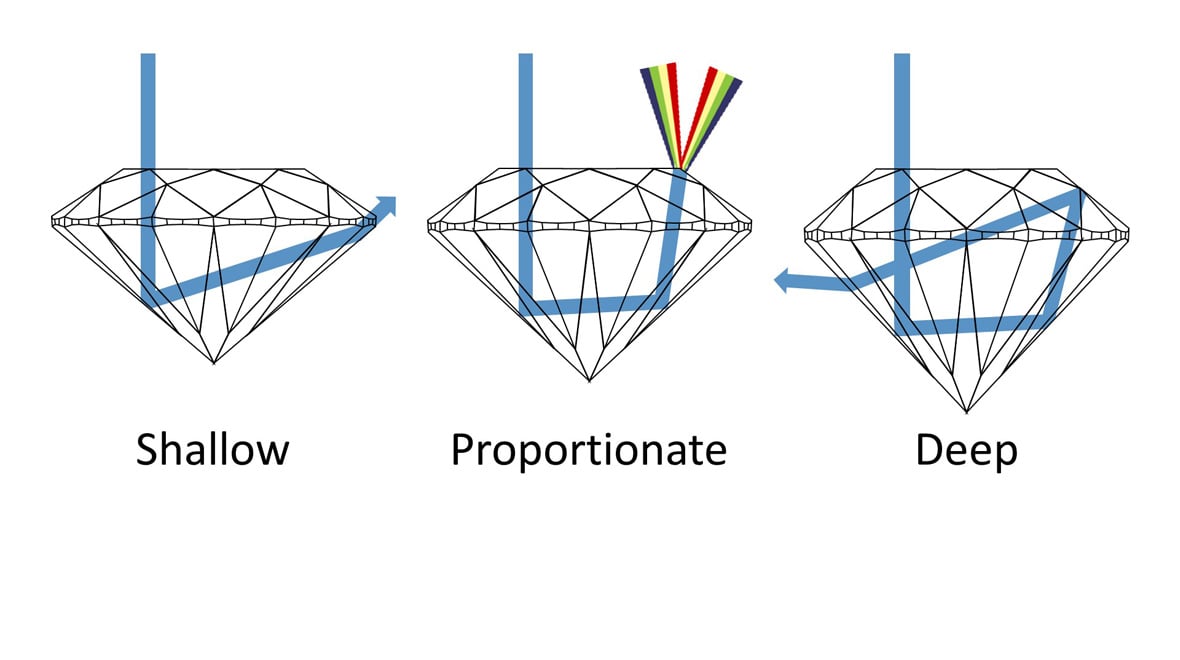
Diamond Proportions
The physics of light-behavior within a diamond are reliably consistent, which means proportions measurements can be useful.
www.pricescope.com

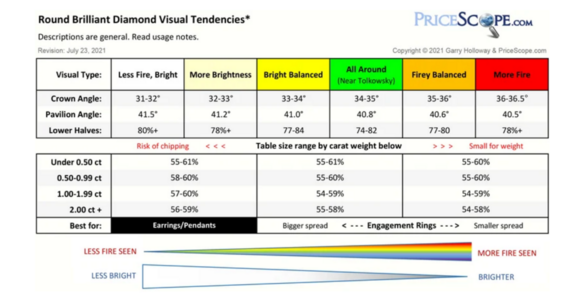
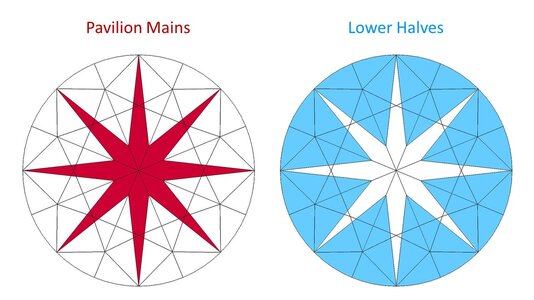


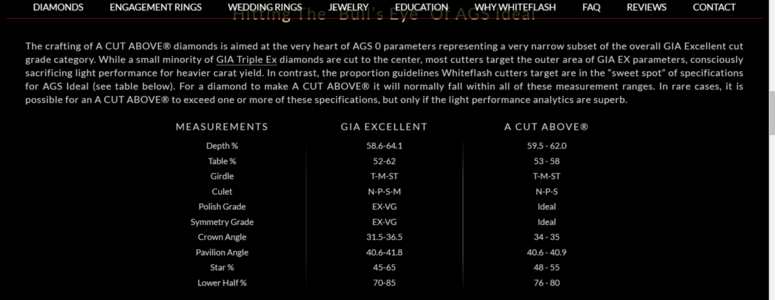
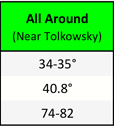
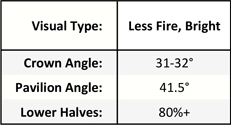


300x240.png)